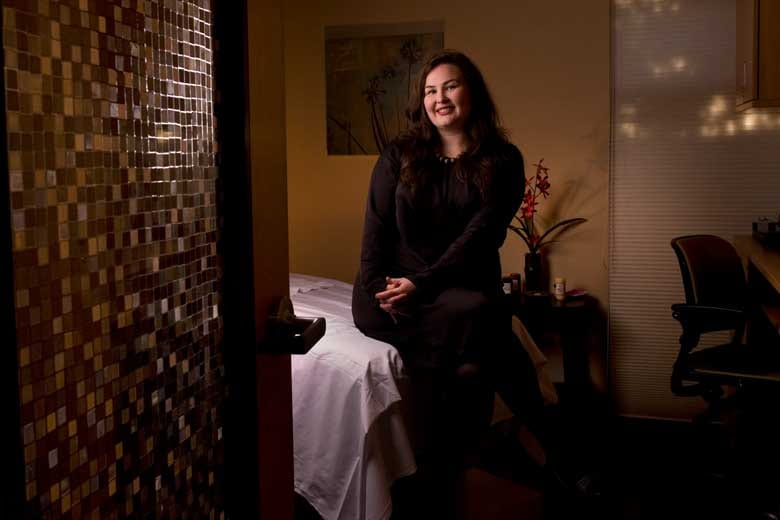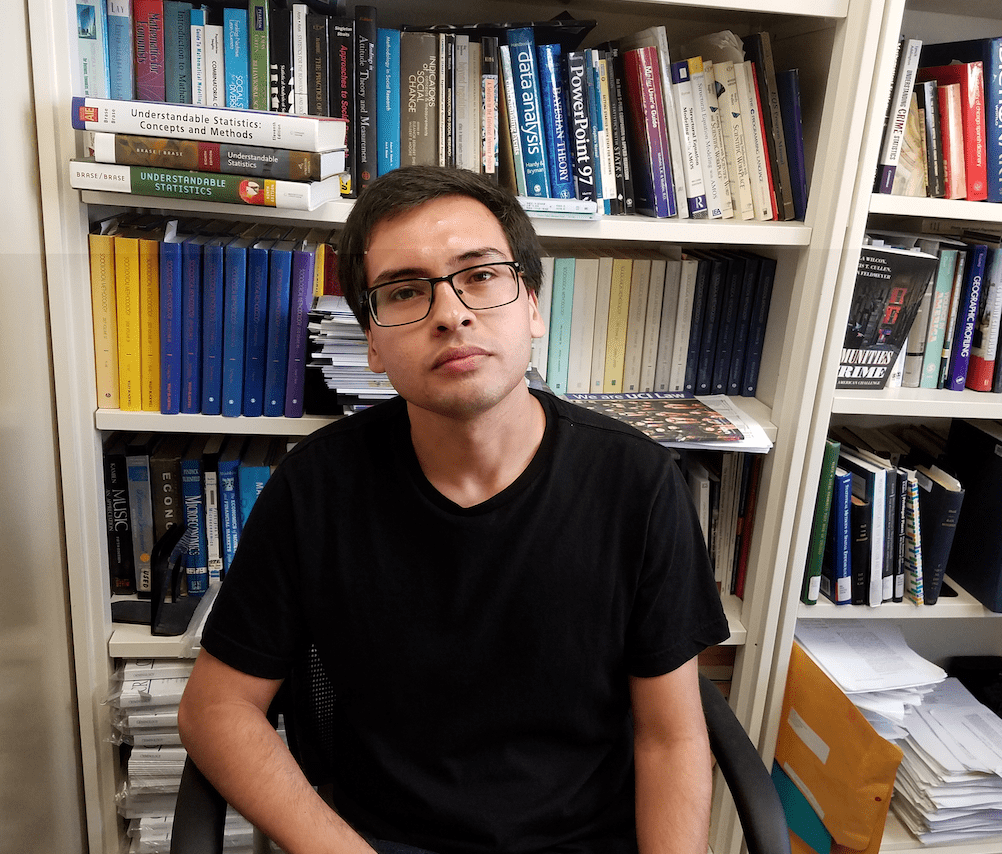Study IDs new cause of brain bleeding immediately after stroke
By discovering a new mechanism that allows blood to enter the brain immediately after a stroke, researchers at UC Irvine and the Salk Institute have opened the door to new therapies that may limit or prevent stroke-induced brain damage.
Irvine, Calif., April 17, 2014 — By discovering a new mechanism that allows blood to enter the brain immediately after a stroke, researchers at UC Irvine and the Salk Institute have opened the door to new therapies that may limit or prevent stroke-induced brain damage.
A complex and devastating neurological condition, stroke is the fourth-leading cause of death and primary reason for disability in the U.S. The blood-brain barrier is severely damaged in a stroke and lets blood-borne material into the brain, causing the permanent deficits in movement and cognition seen in stroke patients.
Dritan Agalliu, assistant professor of developmental & cell biology at UC Irvine, and Axel Nimmerjahn of the Salk Institute for Biological Studies developed a novel transgenic mouse strain in which they use a fluorescent tag to see the tight, barrier-forming junctions between the cells that make up blood vessels in the central nervous system. This allows them to perceive dynamic changes in the barrier during and after strokes in living animals.
While observing that barrier function is rapidly impaired after a stroke (within six hours), they unexpectedly found that this early barrier failure is not due to the breakdown of tight junctions between blood vessel cells, as had previously been suspected. In fact, junction deterioration did not occur until two days after the event.
Instead, the scientists reported dramatic increases in carrier proteins called serum albumin flowing directly into brain tissue. These proteins travel through the cells composing blood vessels – endothelial cells – via a specialized transport system that normally operates only in non-brain vessels or immature vessels within the central nervous system. The researchers’ work indicates that this transport system underlies the initial failure of the barrier, permitting entry of blood material into the brain immediately after a stroke (within six hours).
“These findings suggest new therapeutic directions aimed at regulating flow through endothelial cells in the barrier after a stroke occurs,” Agalliu said, “and any such therapies have the potential to reduce or prevent stroke-induced damage in the brain.”
His team is currently using genetic techniques to block degradation of the tight junctions between endothelial cells in mice and examining the effect on stroke progression. Early post-stroke control of this specialized transport system identified by the Agalliu and Nimmerjahn labs may spur the discovery of imaging methods or biomarkers in humans to detect strokes as early as possible and thereby minimize damage.
Study results appear today in the early online edition of Neuron. Daniel Knowland, Ahmet Arac, Martin Hsu and Sarah Lutz of UC Irvine; Kohei Sekiguchi of the Salk Institute; and John Perrino, Gary Steinberg and Ben Barres of Stanford University contributed to the research, which received support from the American Heart Association (grant 12BGIA11560014), the National Multiple Sclerosis Society (grant RG4673A1/1) and the National Institutes of Health (grant 1R01 HL116995-01).
About the University of California, Irvine: Located in coastal Orange County, near a thriving high-tech hub in one of the nation’s safest cities, UC Irvine was founded in 1965. One of only 62 members of the Association of American Universities, it’s ranked first among U.S. universities under 50 years old by the London-based Times Higher Education. The campus has produced three Nobel laureates and is known for its academic achievement, premier research, innovation and anteater mascot. Led by Chancellor Michael Drake since 2005, UC Irvine has more than 28,000 students and offers 192 degree programs. It’s Orange County’s second-largest employer, contributing $4.3 billion annually to the local economy.
Media access: UC Irvine maintains an online directory of faculty available as experts to the media at http://communications.uci.edu/for-journalists/experts/. Radio programs/stations may, for a fee, use an on-campus ISDN line to interview UC Irvine faculty and experts, subject to availability and university approval. For more UC Irvine news, visit wp.communications.uci.edu. Additional resources for journalists may be found at communications.uci.edu/for-journalists.

